The Ceiling Fan Market is currently characterized by a dynamic competitive landscape, driven by innovation, sustainability, and consumer demand for energy-efficient solutions. Major players such as Hunter Fan Company (US), Minka Aire (US), and Emerson Electric Co. (US) are strategically positioning themselves to capitalize on these trends. Hunter Fan Company (US) emphasizes product innovation and energy efficiency, while Minka Aire (US) focuses on design aesthetics and smart technology integration. Emerson Electric Co. (US) is leveraging its extensive distribution network to enhance market penetration, thereby shaping a competitive environment that is increasingly focused on technological advancements and consumer preferences.
In terms of business tactics, companies are localizing manufacturing to reduce lead times and optimize supply chains, which is particularly crucial in a moderately fragmented market. This approach not only enhances operational efficiency but also allows for greater responsiveness to regional market demands. The collective influence of key players is significant, as they engage in strategic partnerships and collaborations to strengthen their market positions and expand their product offerings.
In August 2025, Hunter Fan Company (US) launched a new line of smart ceiling fans that integrate with home automation systems, reflecting a growing trend towards smart home technology. This strategic move is likely to enhance their competitive edge by appealing to tech-savvy consumers who prioritize convenience and energy efficiency. The introduction of these products may also position Hunter Fan Company (US) as a leader in the smart ceiling fan segment, potentially increasing market share.
In September 2025, Minka Aire (US) announced a partnership with a leading home improvement retailer to expand its distribution channels. This collaboration is expected to enhance Minka Aire's visibility and accessibility, allowing the company to reach a broader customer base. By aligning with a well-established retailer, Minka Aire (US) could significantly boost its sales and brand recognition in a competitive market.
In July 2025, Emerson Electric Co. (US) unveiled a new energy-efficient ceiling fan model designed to meet the latest sustainability standards. This initiative not only aligns with global trends towards eco-friendly products but also positions Emerson Electric Co. (US) as a responsible corporate player. The emphasis on sustainability is likely to resonate with environmentally conscious consumers, thereby enhancing brand loyalty and market competitiveness.
As of October 2025, the competitive trends in the Ceiling Fan Market are increasingly defined by digitalization, sustainability, and the integration of artificial intelligence. Strategic alliances are becoming more prevalent, as companies seek to leverage complementary strengths to enhance their market offerings. Looking ahead, competitive differentiation is expected to evolve, shifting from traditional price-based competition to a focus on innovation, technological advancements, and supply chain reliability. This transition underscores the importance of adaptability and forward-thinking strategies in maintaining a competitive edge in the market.


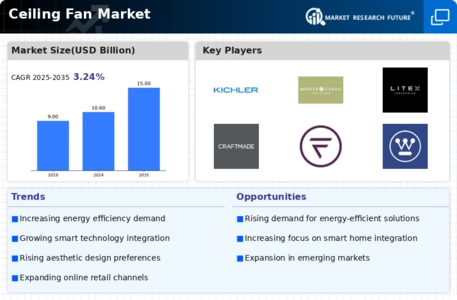
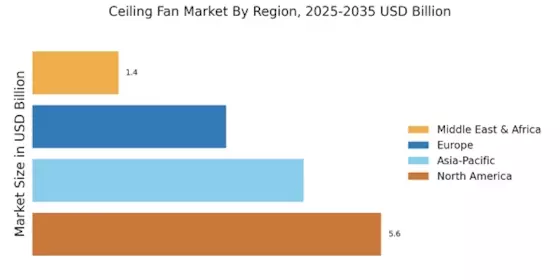
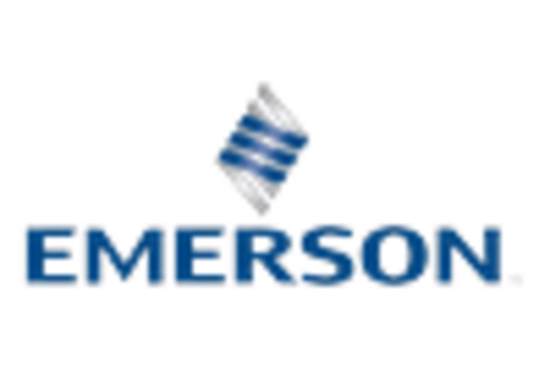
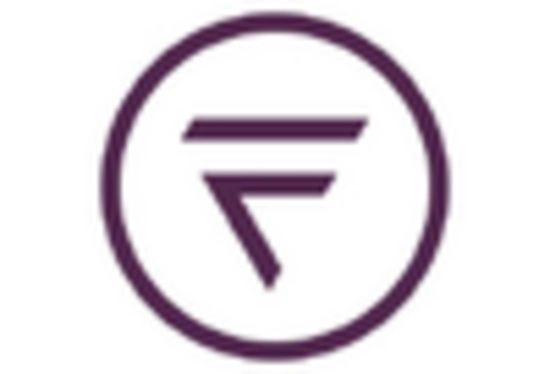
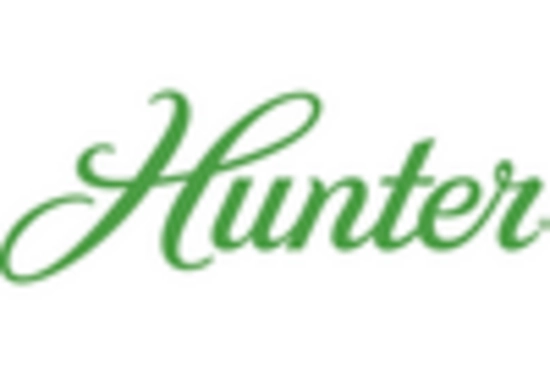
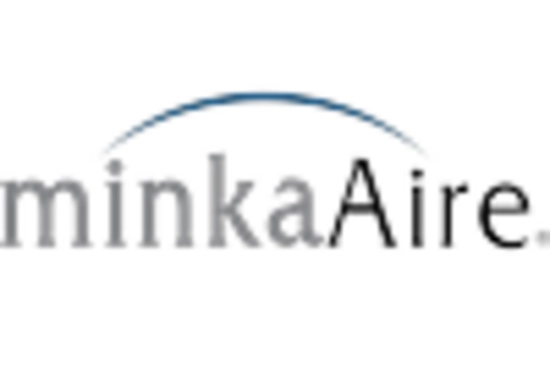
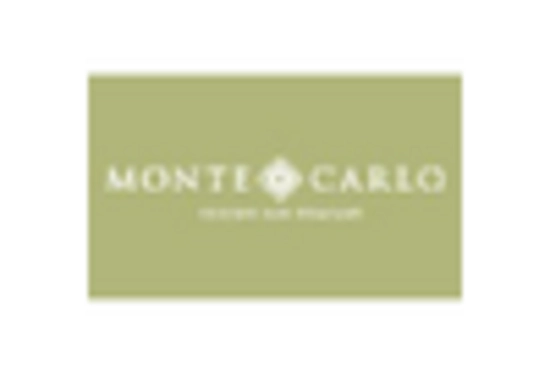









Leave a Comment